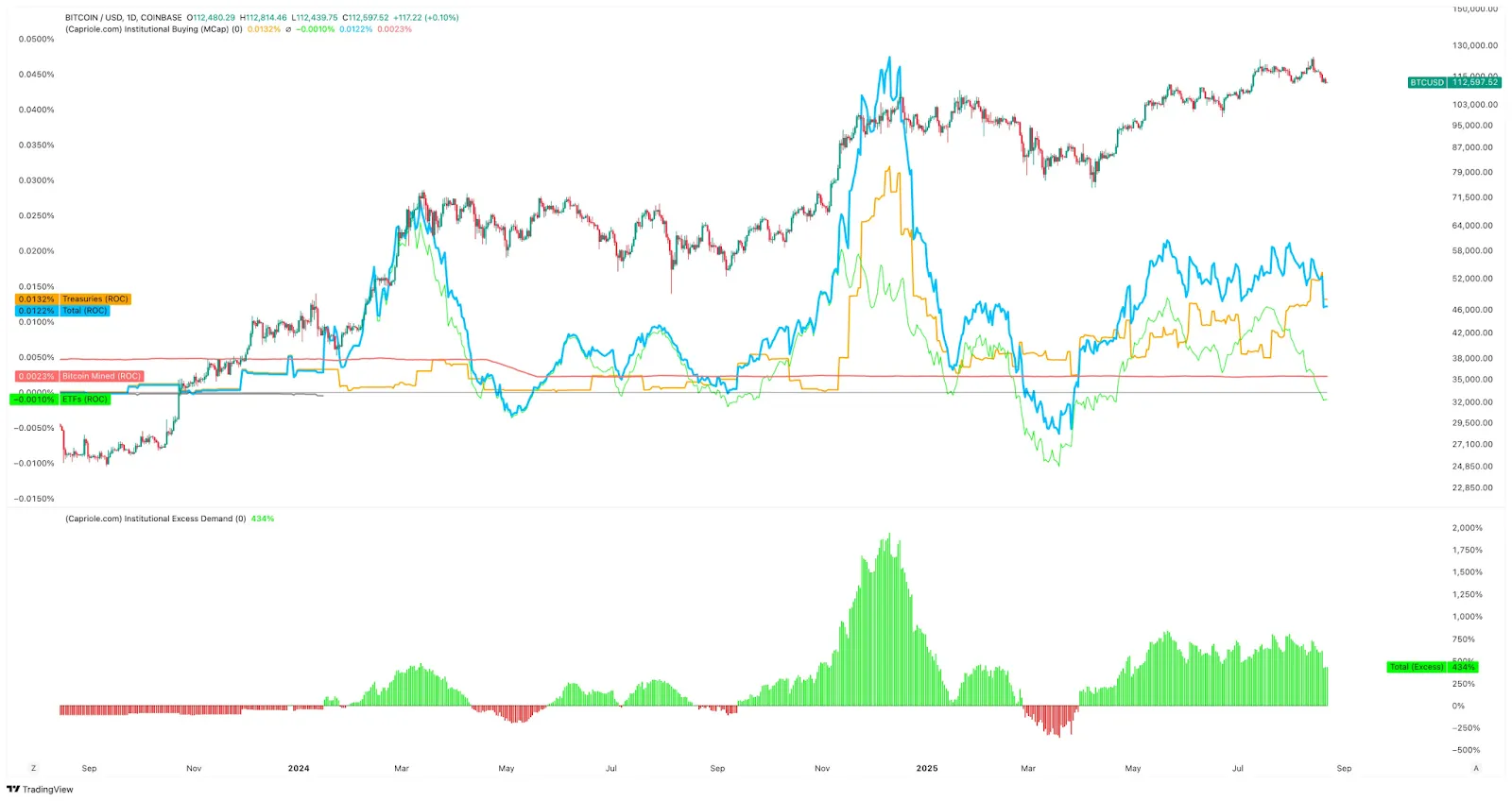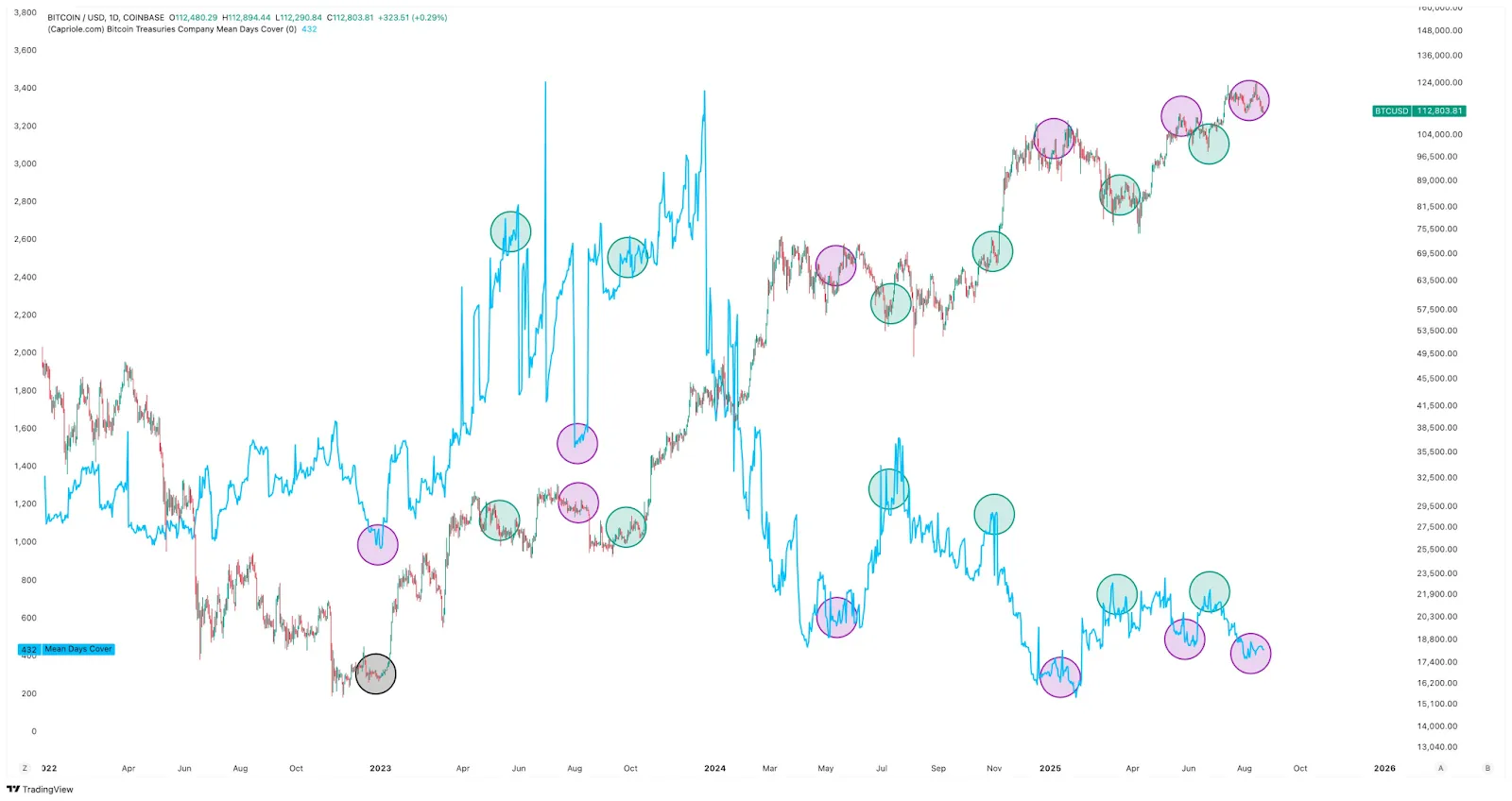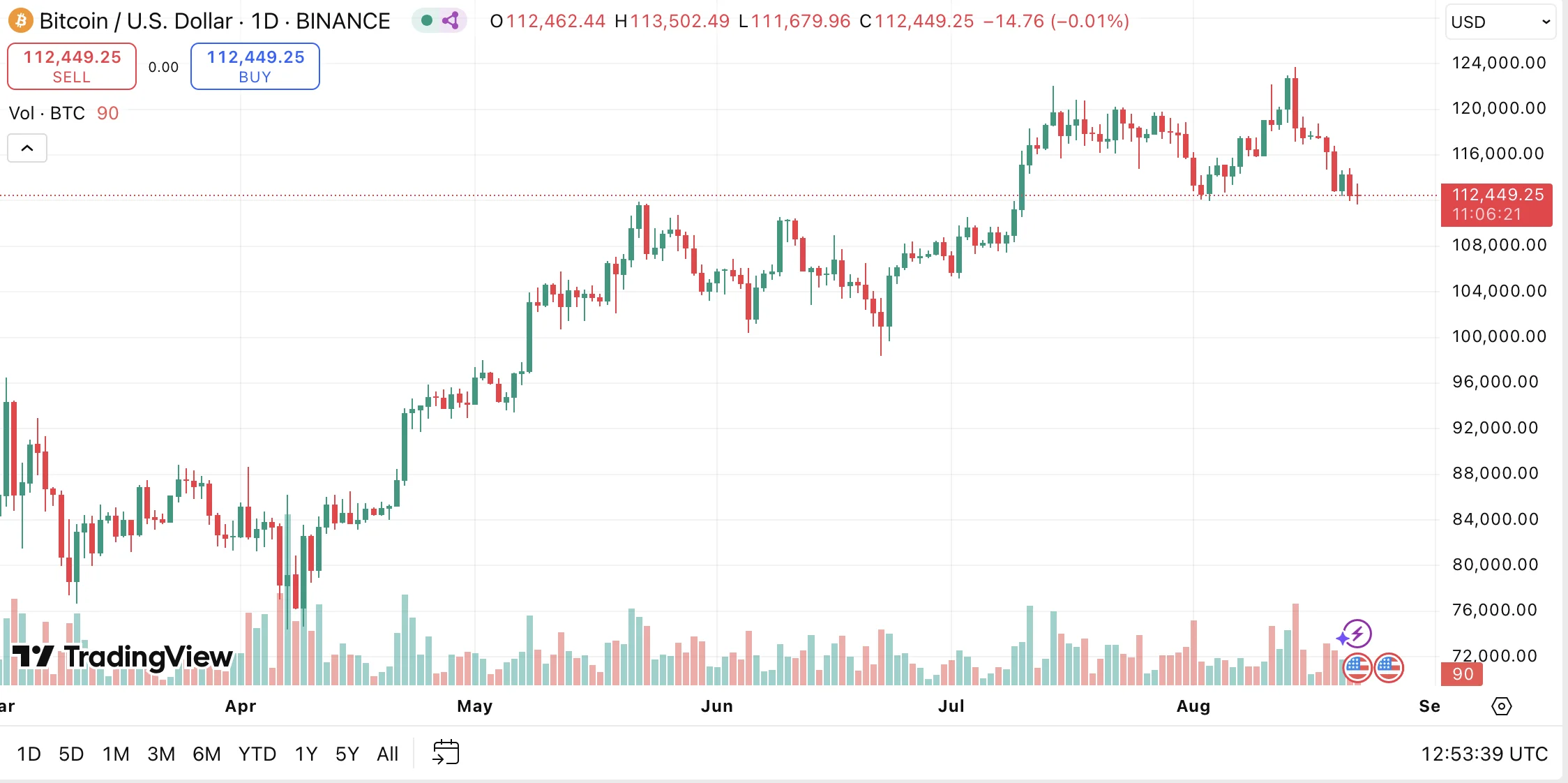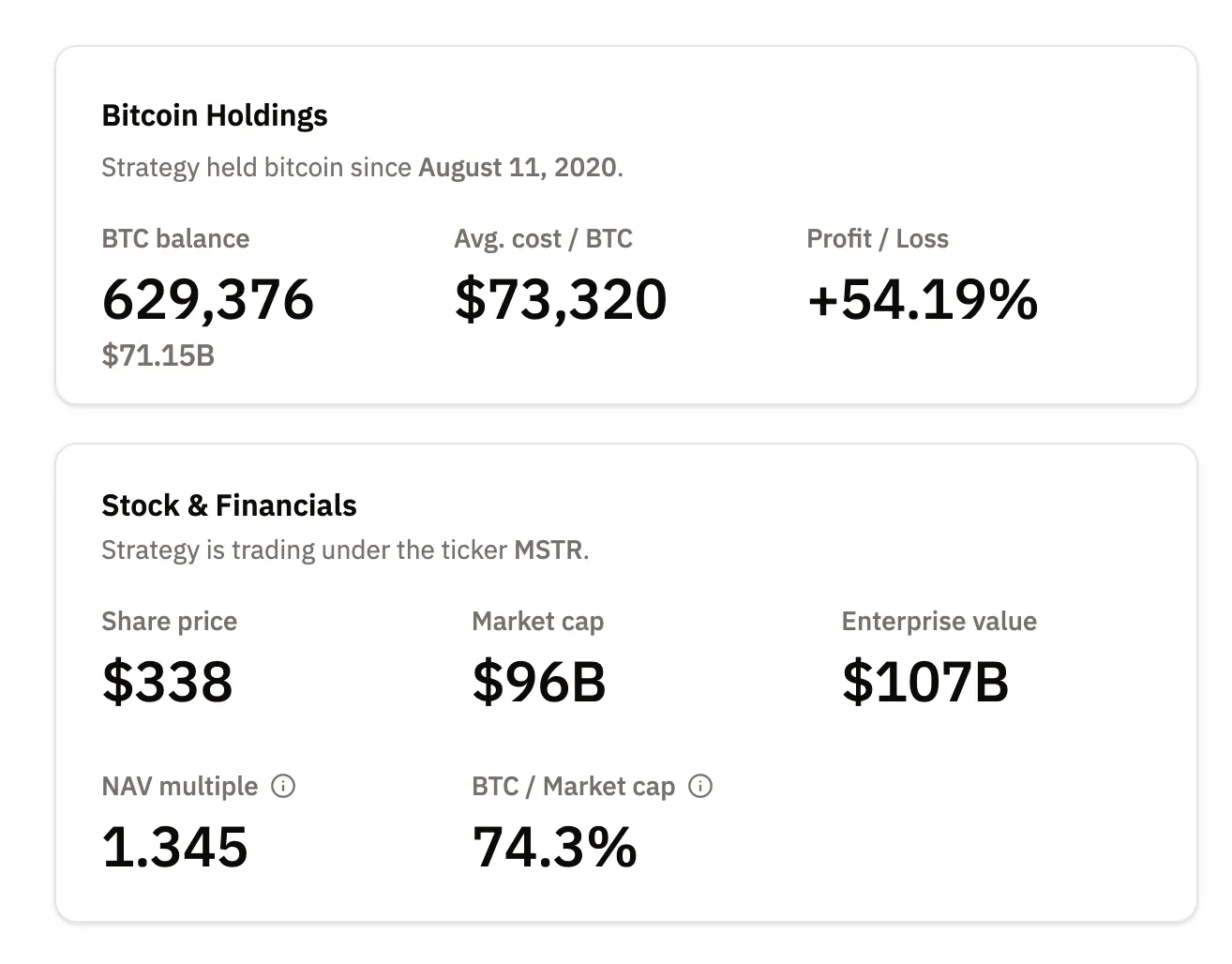Institutional players are still buying the equivalent of around 400% of daily BTC supply. But that’s down sharply from the 600% peak and is now at the weakest level since March, when Bitcoin was trading near $85,000.
Bitcoin Treasury Companies are getting squeezed.
— Charles Edwards (@caprioleio) August 22, 2025
Are Tradfi capital markets reaching exhaustion?
🧵
Edwards noted that the number of companies actively adding Bitcoin has also fallen. He sees this slowdown as either a temporary pause or an early signal of market saturation. Still, there’s a positive side: 93% of firms are buying rather than selling, showing that interest in digital gold hasn’t disappeared.

Market Pressure Building
One warning sign is that 27% of companies now show an mNAV below 1, meaning their market cap has slipped under the value of their Bitcoin reserves. When that happens, issuing shares to buy more BTC no longer makes sense, and the financial incentive shifts toward selling Bitcoin to support their stock price.
If this negative mNAV trend lasts, it could put extra pressure on firms and increase the chance of a price drop.
Another red flag is the Mean Days Cover (MDC) metric, which tracks how long it would take for a company’s Bitcoin buying pace to “justify” its market value. Edwards explained that low MDC often lines up with Bitcoin price peaks, while high MDC values tend to appear at market bottoms or early recovery phases. At the moment, MDC is near low levels — a sign that market sentiment is leaning pessimistic.

Outlook
Edwards stressed that it’s too early to call this the start of a crash, but the mix of lower mNAV, weak MDC, and slowing corporate purchases all raise risks. If things worsen, companies may be forced to sell Bitcoin, adding selling pressure to the market. On the flip side, as long as institutions remain buyers in size, the market could rebound quickly if confidence returns.
“Prolonged low mNAV puts firms under real stress to liquidate their Bitcoin, which could make any downturn harsher. It’s a risk scenario worth keeping in mind, even though conditions overall are still manageable,” he said.
Bitcoin has slipped 0.6% in the last 24 hours and 5% over the past week, trading around $113,076 at the time of writing.

Spotlight on Strategy
Strategy remains the largest corporate holder of Bitcoin, with 629,376 BTC worth about $71.1 billion. Traders closely watch the moves of Michael Saylor’s firm, believing they can sway Bitcoin’s price.

However, Strategy executives insist their transactions don’t move the market. Shirish Jajodia, a senior manager at the company, said on the Coin Stories podcast that they structure trades — often through OTC desks — specifically to avoid price impact.
I sat down with @shirishjajodia, Strategy’s Corporate Treasurer & Head of Investor Relations, for an evergreen conversation on the company's $70B+ Bitcoin treasury, the digital transformation of IR, Michael @Saylor's bold Bitcoin price predictions and much more.
— Natalie Brunell ⚡️ (@natbrunell) August 19, 2025
Timecodes:… pic.twitter.com/SdIkAPgPPq
Market reactions to Strategy’s purchases have been mixed. For instance, after buying 55,000 BTC in late November 2024, the coin rallied to $106,000 by mid-December. Yet following a 21,021 BTC purchase in July this year, Bitcoin actually fell 4% to $113,320.
Despite this, Saylor has repeatedly said his mission is simply to accumulate as much Bitcoin as possible — even at record highs. In his words, the company will “keep buying forever.”

